Home>Garden Essentials>What Is A Good Ground Cover To Prevent Weeds?
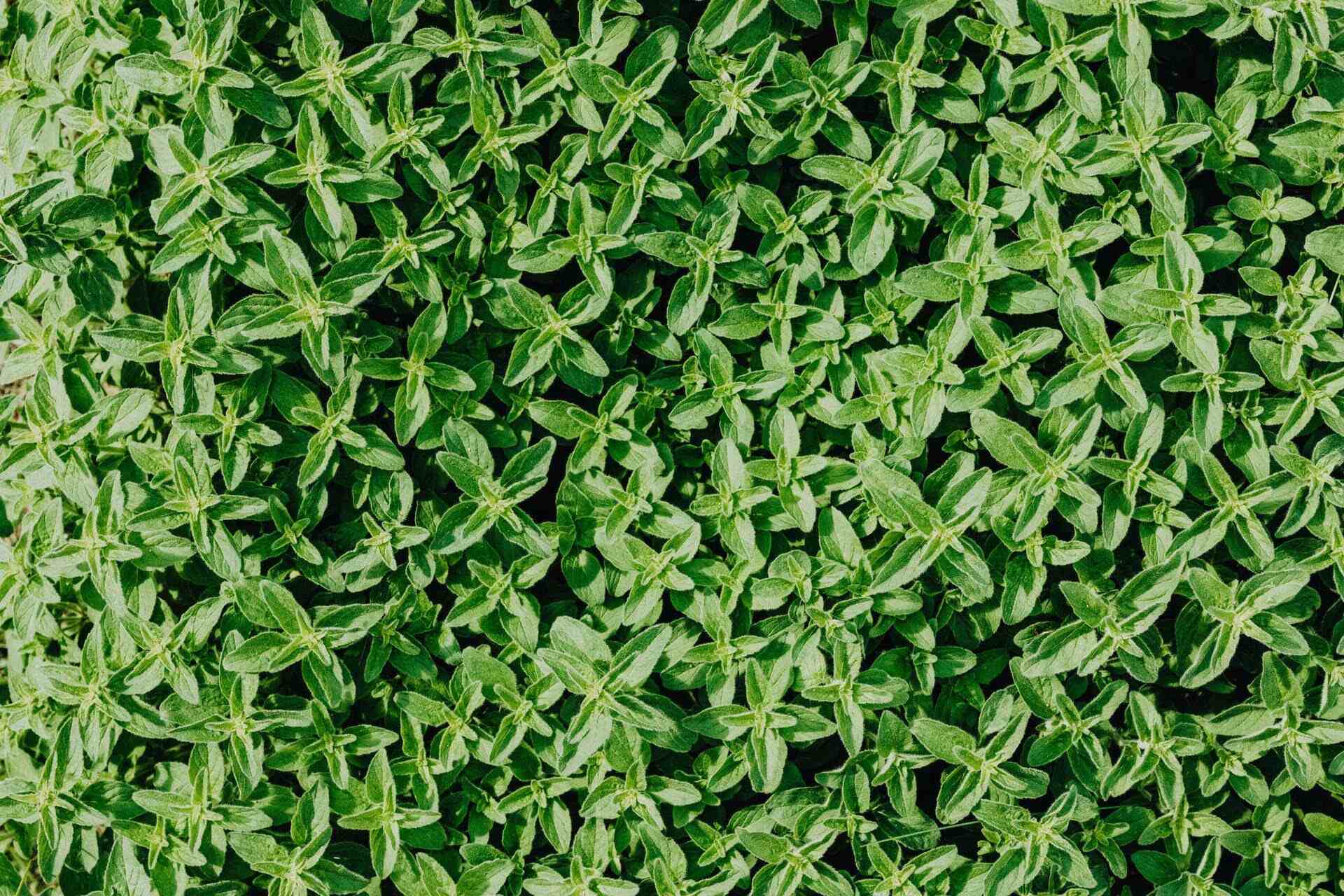

Garden Essentials
What Is A Good Ground Cover To Prevent Weeds?
Modified: October 21, 2024
Looking for a good ground cover to prevent weeds in your garden? Discover the top options and keep your garden weed-free with our helpful guide.
(Many of the links in this article redirect to a specific reviewed product. Your purchase of these products through affiliate links helps to generate commission for Storables.com, at no extra cost. Learn more)
Introduction
When it comes to maintaining a beautiful and flourishing garden, one of the biggest challenges that gardeners face is keeping weeds at bay. Weeds not only compete with your plants for essential nutrients, water, and sunlight, but they also detract from the overall aesthetic appeal of your garden. However, by incorporating a good ground cover into your garden design, you can effectively prevent weeds and create a low-maintenance and visually appealing landscape.
A ground cover refers to low-growing plants or materials that spread across the soil surface, forming a dense layer that helps to suppress weed growth. Not only do ground covers act as a natural barrier against weeds, but they also offer numerous other benefits, including soil erosion control, moisture conservation, and increased biodiversity.
When selecting a ground cover for weed prevention, it is important to consider factors such as your garden’s specific needs, climate, soil conditions, and personal preferences. Different ground covers have different characteristics that make them suitable for specific situations. By understanding your options and choosing the right ground cover, you can create a more efficient and aesthetically pleasing garden.
In this article, we will explore some of the top choices for effective weed prevention in your garden. From organic materials like mulch and newspaper to synthetic options such as landscape fabric and rubber mulch, there are various ground covers to suit every gardener’s needs.
Key Takeaways:
- Choose the right ground cover, like mulch or landscape fabric, to block sunlight and prevent weeds. This saves time and effort on manual weeding, while also conserving water and enriching the soil.
- Groundcover plants not only suppress weeds but also add beauty and attract beneficial insects. They stabilize the soil and reduce erosion, creating a vibrant and low-maintenance garden.
Read more: What Is A Good Ground Cover In AZ
Benefits of Ground Cover for Weed Prevention
Using a ground cover in your garden offers several key benefits when it comes to preventing weed growth. Let’s take a closer look at some of these advantages:
- Weed Suppression: The primary purpose of a ground cover is to act as a physical barrier that blocks sunlight from reaching weed seeds. This deprives them of the necessary light energy to germinate and grow. By effectively suppressing weed growth, ground covers minimize the amount of time and effort spent on manual weeding.
- Moisture Conservation: Ground covers help to retain moisture in the soil by reducing evaporation. This is especially important in arid climates or during periods of drought. Moisture conservation not only benefits your plants but also creates a less hospitable environment for weeds, as many common weed species thrive in dry conditions.
- Soil Erosion Control: By covering the soil surface, ground covers provide a protective layer that prevents soil erosion. This is particularly beneficial on slopes or in areas with heavy rainfall. When soil erosion is minimized, weed seeds are less likely to be carried away by runoff and establish new colonies elsewhere.
- Biodiversity Enhancement: Certain ground covers, such as flowering plants or low-growing herbs, can attract beneficial insects and pollinators to your garden. These insects help to maintain ecological balance and can assist in controlling pests that may otherwise damage your plants. By promoting biodiversity, ground covers contribute to a healthier and more sustainable garden ecosystem.
- Reduced Chemical Dependency: With a well-chosen ground cover, you can minimize your reliance on chemical herbicides for weed control. By providing a physical barrier and outcompeting weeds for resources, ground covers naturally reduce the need for chemical intervention. This is not only better for the environment but also reduces the potential harm to beneficial organisms in your garden.
Overall, incorporating a ground cover in your garden offers a multitude of benefits beyond just weed prevention. With the right choice of ground cover, you can create a visually appealing and low-maintenance landscape while improving the overall health and resilience of your plants.
Factors to Consider When Choosing a Ground Cover
Choosing the right ground cover for your garden requires careful consideration of several factors. Here are some key points to keep in mind when making your selection:
- Garden Needs: Assess the specific needs of your garden, such as the amount of sunlight it receives, the type of soil, and the moisture requirements. Some ground covers thrive in full sun, while others prefer shady areas. Understanding your garden’s needs will help you choose a ground cover that will flourish in the given conditions.
- Climate: Consider the climate of your region when selecting a ground cover. Some species may be more tolerant of extreme temperatures, drought, or heavy rainfall. Choosing a ground cover that is well-suited to your climate will ensure its long-term success and weed prevention capabilities.
- Spread and Growth Rate: Different ground covers have varying growth habits and spread rates. Some spread vigorously and can quickly cover a large area, while others grow more slowly and require more time to establish a dense cover. Consider the space you need to cover and the maintenance level you are comfortable with.
- Maintenance: Evaluate the level of maintenance you are willing to invest in your ground cover. Some ground covers require regular pruning or trimming to keep them in check, while others are relatively low-maintenance. Take into account the time and effort you can dedicate to maintaining the ground cover in order to choose one that aligns with your preferences.
- Appearance: Determine the desired aesthetic appeal of your garden. Ground covers come in a variety of colors, textures, and heights. Some offer beautiful flowers or colorful foliage, while others have a more subtle and natural appearance. Consider how the ground cover will complement the overall design and style of your garden.
- Invasive Potential: Research the invasive potential of the ground cover species you are considering. Some ground covers can escape cultivation and become invasive, outcompeting native plants and causing ecological harm. It’s important to choose non-invasive species or select cultivars that have been bred to be well-behaved in garden settings.
By considering these factors, you can narrow down your options and choose a ground cover that meets your garden’s specific needs while effectively preventing weed growth.
Top Choices for Effective Weed Prevention
When it comes to choosing a ground cover for effective weed prevention, several options stand out. Let’s explore some of the top choices:
- Mulch: Organic mulch such as wood chips, bark, or straw is a popular choice for weed suppression. Mulch creates a protective layer over the soil, blocking sunlight from reaching weed seeds and preventing their germination. It also helps retain moisture and enriches the soil as it breaks down over time.
- Landscape Fabric: Landscape fabric is a synthetic material that is placed over the soil before planting. It blocks sunlight and acts as a physical barrier, preventing weeds from growing. Landscape fabric is durable and can last for several years, making it a long-term solution for weed prevention.
- Newspaper or Cardboard: Recycling newspaper or cardboard as a weed barrier is an eco-friendly and budget-friendly option. Lay several layers of newspaper or cardboard on the soil, overlapping the edges, and then cover with mulch or soil. This method effectively blocks sunlight and breaks down over time without introducing any chemicals into the soil.
- Rubber Mulch: Made from recycled rubber, rubber mulch offers an alternative to organic mulch. It provides excellent weed suppression and is long-lasting, requiring minimal maintenance. Rubber mulch is also beneficial for moisture retention and does not decompose like organic mulch, making it a durable option for weed prevention.
- Straw or Hay: Straw or hay can be used as a natural weed barrier. It is particularly beneficial in vegetable gardens or areas where seedlings are being established. Spread a layer of straw or hay around plants, creating a thick cover that blocks sunlight and suppresses weed growth. As the straw or hay decomposes, it adds organic matter to the soil.
- Groundcover Plants: Utilizing low-growing plants as ground covers can effectively prevent weed growth and add aesthetic value to your garden. Some popular options include creeping thyme, sedum, and creeping jenny. These plants spread across the soil, creating a dense cover that inhibits weed establishment while adding visual interest with their foliage and flowers.
Remember to consider the factors mentioned earlier, such as climate, maintenance requirements, and invasive potential, when selecting the most suitable ground cover for your garden. Each option has its own unique benefits and considerations, so choose the one that best fits your needs and preferences.
By incorporating these top choices for effective weed prevention in your garden, you can significantly reduce the time and effort required for weed management, allowing you to focus on enjoying a beautiful and thriving landscape.
Mulch
Mulch is one of the most widely used ground covers for effective weed prevention. It offers numerous benefits, including weed suppression, moisture conservation, and soil enrichment. Mulch can be made from a variety of organic materials, such as wood chips, bark, straw, or composted leaves.
When applied as a ground cover, mulch creates a protective layer over the soil surface, blocking sunlight from reaching weed seeds. This deprives them of the light energy needed for germination and growth. By effectively suppressing weed growth, mulch reduces the need for manual weeding and helps maintain a neat and tidy garden.
In addition to weed prevention, mulch is beneficial for conserving moisture in the soil. It acts as a natural barrier that reduces evaporation, keeping the soil moist and reducing the frequency of watering. This is especially important during hot and dry periods, as it helps your plants withstand drought conditions and reduces water consumption.
Mulch also offers the added advantage of enriching the soil. As it breaks down over time, organic mulch materials gradually decompose and release nutrients into the soil. This enriches the soil, improving its fertility and providing a favorable environment for healthy plant growth. Mulch also helps regulate soil temperature, keeping it cooler in summer and warmer in winter.
When using mulch as a ground cover, it is important to apply it correctly. Start by clearing the area of existing weeds and debris. Then, spread a layer of mulch around your plants, aiming for a thickness of 2-4 inches. Be sure to leave a small gap around the base of each plant to prevent moisture buildup and potential rotting.
It is also crucial to replenish mulch periodically to maintain its effectiveness. Over time, organic mulch materials break down, lose their structure, and become less effective in suppressing weeds. By adding a fresh layer of mulch as needed, usually once or twice a year, you can maintain optimal weed prevention and reap the full benefits of this ground cover.
One of the advantages of using mulch is its versatility. Different types of mulch offer diverse aesthetics, colors, and textures, allowing you to choose the one that best complements your garden design. Additionally, mulch is readily available at garden centers or can be obtained by composting organic yard waste, making it a cost-effective and sustainable option.
Overall, mulch is an excellent choice for effective weed prevention in your garden. Its weed-suppressing properties, moisture retention capabilities, soil enrichment benefits, and aesthetic appeal make it a valuable addition to any landscape.
Read more: What Is A Good Ground Cover For Asparagus
Landscape Fabric
Landscape fabric is a synthetic material that acts as an effective ground cover for weed prevention. It is made from permeable material that allows water and nutrients to penetrate the soil while blocking sunlight from reaching weed seeds. Landscape fabric is a long-lasting solution that offers several advantages in weed control.
The primary function of landscape fabric is to create a physical barrier that inhibits weed growth. When properly installed, landscape fabric prevents weeds from penetrating the soil surface and establishing their roots. This significantly reduces the need for manual weeding and helps to maintain a weed-free garden.
Landscape fabric is durable and can last for several years, making it a cost-effective option in the long run. It withstands weather conditions, such as heavy rain and sunlight exposure, without deteriorating. By investing in landscape fabric, you can enjoy extended weed prevention benefits with minimal maintenance.
One of the advantages of landscape fabric is its ease of installation. Start by clearing the area of existing weeds and debris. Prepare the soil by loosening it and removing any large rocks or roots. Then, roll out the landscape fabric over the prepared area, ensuring it covers the entire surface. Secure the fabric with landscape fabric pins or staples to keep it in place. Finally, cut slits or X-shaped holes in the fabric where you want to plant and carefully tuck the fabric around the base of the plants.
It is important to choose the right type of landscape fabric for your specific needs. Some fabrics are designed to be permeable, allowing water and air to pass through, while others are impermeable, which can hinder drainage. Consider the drainage requirements of your plants and the climate of your region when selecting the appropriate landscape fabric.
While landscape fabric effectively prevents weed growth, it is not without its limitations. Over time, debris, soil particles, and organic matter can accumulate on top of the fabric, providing a suitable environment for weed seeds to germinate. Regular maintenance is necessary to remove any debris that may accumulate and to ensure the fabric remains effective in weed prevention.
When using landscape fabric, it is important to remember that it is primarily designed for use in perennial beds or areas where plants will remain in place for an extended period. Avoid using landscape fabric in annual vegetable gardens or areas with frequent plant turnover, as it can make planting and soil management more challenging.
Overall, landscape fabric serves as a reliable ground cover for weed prevention, offering a durable and low-maintenance solution. By effectively blocking sunlight and creating a physical barrier against weeds, landscape fabric helps to create a clean and weed-free garden space.
Consider using plants like creeping thyme, low-growing sedum, or vinca minor as ground cover to prevent weeds. These plants spread quickly, smothering out weeds and reducing the need for maintenance.
Newspaper or Cardboard
Looking for an eco-friendly and cost-effective solution for weed prevention in your garden? Consider using newspaper or cardboard as a ground cover. This method is not only budget-friendly but also helps recycle materials that would otherwise end up in landfills.
Newspaper or cardboard acts as a natural weed barrier by blocking sunlight and inhibiting weed seed germination. This ground cover method is particularly effective for larger areas or when establishing new beds, as it is relatively easy to apply and provides excellent weed suppression.
To use newspaper or cardboard as a ground cover, start by clearing the area of existing weeds, rocks, and debris. Lay a thick layer of newspaper or cardboard over the soil, making sure to overlap the edges to create a seamless barrier. Wet the newspaper or cardboard with a hose to weigh it down and prevent it from blowing away. Finally, cover the newspaper or cardboard with a layer of organic mulch or compost to improve its appearance and provide additional protection.
Newspaper and cardboard decompose over time, releasing carbon and nitrogen into the soil, which can improve its fertility and structure. As they break down, they provide a food source for earthworms and beneficial soil organisms, further enhancing the health of your garden.
When using newspaper or cardboard as a ground cover, it is important to choose materials that are free from glossy print, colored ink, and toxic coatings. Stick to plain newsprint or brown cardboard to ensure that no harmful chemicals leach into the soil.
This ground cover method not only prevents weed growth but also helps retain moisture in the soil. By blocking sunlight and reducing evaporation, newspaper or cardboard can conserve water and reduce the need for frequent watering.
One of the benefits of using newspaper or cardboard as a ground cover is its versatility. It can be easily shaped to fit around existing plants, making it suitable for both established beds and newly planted areas. Remember to leave openings around the base of existing plants to allow for airflow and prevent moisture buildup that could lead to root rot.
While using newspaper or cardboard as a ground cover offers many advantages, keep in mind that it may not be as aesthetically pleasing as other options. However, by covering the surface with a layer of mulch or compost, you can improve the appearance of the area while maintaining the weed prevention benefits.
Overall, newspaper or cardboard is an effective and environmentally friendly ground cover for weed prevention. It is a cost-effective method that allows you to repurpose waste materials while creating a weed-free and healthy garden.
Rubber Mulch
If you’re looking for a long-lasting and low-maintenance ground cover option for weed prevention, rubber mulch is worth considering. Made from recycled rubber, typically from tires, rubber mulch offers several benefits in weed control and provides a durable and sustainable solution for your garden.
Rubber mulch effectively prevents weed growth by creating a physical barrier that inhibits sunlight from reaching weed seeds. This deprives them of the necessary light energy for germination and growth. The dense nature of rubber mulch makes it difficult for weeds to penetrate, minimizing the need for manual weeding.
One of the advantages of rubber mulch is its longevity. Unlike organic mulch, rubber mulch does not decompose over time, allowing it to provide weed suppression for several years without the need for frequent replacement. This makes it a cost-effective option in the long run as it reduces the need for continuous maintenance.
Rubber mulch is highly durable and can withstand various weather conditions, such as heavy rain, intense sun, and freezing temperatures, without deteriorating. Its ability to retain its color and structure over time ensures a consistent and visually appealing appearance in your garden.
In addition to weed control, rubber mulch offers other benefits. It helps to conserve moisture in the soil by reducing evaporation, thereby minimizing the need for frequent watering. Rubber mulch also acts as an insulator, helping to regulate soil temperature and protect plant roots from extreme heat or cold.
Using rubber mulch as a ground cover is an environmentally friendly choice as it repurposes waste rubber material that would otherwise end up in landfills. It reduces the demand for new raw materials and contributes to a more sustainable approach to gardening.
When using rubber mulch, it is important to prepare the area properly. Clear the surface of all existing weeds and debris, and level the soil if necessary. Lay a thick layer of rubber mulch to ensure effective weed suppression, aiming for a depth of 2-4 inches. Avoid placing rubber mulch directly against the stems or trunks of plants to prevent moisture buildup and potential rot.
While rubber mulch offers numerous benefits, it is essential to consider a few potential drawbacks as well. Rubber mulch does not provide organic matter to the soil like organic mulch does, so it may not contribute to soil fertility as effectively. Additionally, the use of rubber mulch may restrict air and water movement in the soil, so it is important to ensure proper soil drainage to prevent waterlogging.
If you are concerned about the environmental impact of using rubber mulch, opt for products made from recycled rubber and avoid those that contain harmful chemicals or additives. Research the manufacturer’s practices and certifications to ensure that you are making an eco-friendly choice.
Overall, rubber mulch offers an effective and long-lasting ground cover option for weed prevention. Its durability, low maintenance requirements, and eco-friendly nature make it a popular choice for those seeking a sustainable and hassle-free solution for their gardens.
Straw or Hay
Straw or hay can serve as a natural and traditional ground cover for effective weed prevention. This method is particularly useful in vegetable gardens or areas that require frequent planting as it allows for easy manipulation and planting through the layer of straw or hay.
Using straw or hay as a ground cover creates a physical barrier over the soil, preventing sunlight from reaching weed seeds and inhibiting their germination. By blocking light, straw or hay effectively suppresses weed growth, reducing the need for frequent weeding and creating a more manageable garden space.
One of the advantages of straw or hay is its ability to conserve soil moisture. By acting as a protective layer over the soil surface, straw or hay reduces evaporation, helping to retain moisture and improve the water-holding capacity of the soil. This is particularly beneficial in areas with hot climates or during dry periods.
In addition to weed suppression and moisture conservation, straw or hay also offers temperature regulation benefits. The layer of organic matter helps insulate the soil, keeping it cooler in hot summer months and warmer during colder seasons. This can contribute to healthier plant growth and reduce stress on the plants.
Straw or hay is relatively easy to apply as a ground cover. Start by clearing the area of existing weeds and debris. Spread a layer of straw or hay around your plants, aiming for a thickness of 2-4 inches. Be sure to leave space around the stems or trunks of plants to prevent moisture buildup and potential rot. As the straw or hay breaks down, it will enrich the soil with organic matter.
It is important to note that using straw or hay as a ground cover may introduce weed seeds along with the material. While the layer of straw or hay helps suppress weed growth, some weed seeds may still find their way into the soil and germinate. Regular inspection and removal of any emerging weeds are necessary to maintain the effectiveness of this ground cover method.
When choosing straw or hay for weed prevention, opt for clean and weed-free materials. This will help minimize the introduction of additional weed seeds into your garden. Additionally, straw is generally recommended over hay as it tends to have fewer weed seeds and a lower chance of introducing unwanted plants.
Overall, straw or hay is a natural and cost-effective ground cover option for weed prevention. It offers weed suppression, moisture conservation, and temperature regulation benefits, making it a popular choice for vegetable gardens and areas that require frequent planting and maintenance.
Read more: What Is A Good Ground Cover For Dogs
Groundcover Plants
If you’re looking for a living and visually appealing ground cover that also provides effective weed prevention, groundcover plants are an excellent choice. These low-growing plants not only create a dense cover that inhibits weed growth but also add beauty and interest to your garden.
Groundcover plants offer several advantages in weed prevention. Their dense foliage shades the soil, reducing the amount of sunlight available for weed seeds to germinate. This significantly reduces weed growth and minimizes the need for manual weeding.
Choosing the right groundcover plants is essential for successful weed prevention. Opt for species that have a spreading growth habit and can effectively cover the ground. Some popular options include creeping thyme, sedum, creeping jenny, and ajuga.
Groundcover plants offer more than just weed suppression. They can contribute to a vibrant and diverse garden ecosystem by attracting beneficial insects and pollinators. Many groundcover plants produce beautiful flowers or have colorful foliage, adding visual interest and enhancing the overall aesthetic appeal of your garden.
In addition to their weed prevention capabilities, groundcover plants also help stabilize the soil and reduce erosion. Their extensive root systems bind the soil particles together, preventing erosion caused by wind or water. This is particularly beneficial on slopes or areas prone to soil erosion.
When using groundcover plants as a weed-preventive ground cover, it is important to consider factors such as the specific requirements of the plants, including sunlight, soil type, and moisture preferences. Choose groundcover plants that are well-suited to the conditions of your garden to ensure their establishment and long-term success.
Proper maintenance is key to maximizing the weed prevention benefits of groundcover plants. Regularly prune and trim them to maintain their shape and density. This helps prevent the establishment of weed patches within the groundcover and ensures that the plants effectively cover the soil surface.
While groundcover plants are effective in weed prevention, they may require some initial establishment and management. Once established, they can offer long-term weed suppression and functional beauty in your garden.
It is important to note that groundcover plants may not provide complete weed prevention. Some persistent and aggressive weed species may still find a way to emerge through the dense cover. Regular monitoring and occasional manual weeding may be necessary to keep your groundcover plants looking their best.
Overall, using groundcover plants as a living ground cover offers an attractive and environmentally friendly solution to weed prevention. Their weed suppression capabilities, ability to stabilize the soil, and added aesthetic value make them a valuable addition to any garden.
Conclusion
In the battle against weeds, incorporating a well-chosen ground cover can make a significant difference in maintaining a beautiful and low-maintenance garden. Whether you opt for organic materials like mulch, newspaper, or straw, or choose synthetic options like landscape fabric or rubber mulch, each ground cover offers unique benefits for effective weed prevention.
Ground covers provide a physical barrier that blocks sunlight from reaching weed seeds, depriving them of the light energy needed for germination and growth. This suppresses weed growth and reduces the need for manual weeding, saving you time and effort in maintaining your garden.
Not only do ground covers prevent weeds, but they also offer additional benefits. They help retain soil moisture, reducing water evaporation and conserving water. Ground covers can also regulate soil temperature, protect plant roots, and prevent soil erosion.
Consideration of key factors such as your garden’s specific needs, climate, maintenance level, and aesthetic preferences is crucial when choosing a ground cover. Each ground cover option has its own advantages and limitations, so select the one that best fits your requirements.
From organic options like mulch, newspaper, and straw to synthetic choices like landscape fabric and rubber mulch, there is a ground cover to suit every gardener’s needs. While organic options provide natural benefits and enrich the soil, synthetic options offer durability and long-lasting weed prevention.
Living ground covers, such as groundcover plants, not only suppress weeds, but also add beauty, attract beneficial insects, and stabilize the soil. Groundcover plants can enhance the overall aesthetic of your garden while providing weed prevention benefits.
Ultimately, the key to successful weed prevention lies in understanding your garden’s specific requirements and choosing the right combination of ground covers. By implementing a proper ground cover, you can transform your garden into a weed-free and visually appealing space, allowing your plants to thrive and giving you more time to enjoy the beauty and serenity of your outdoor oasis.
So, take the necessary steps to prevent weeds by incorporating the right ground cover, and reap the benefits of a healthy and low-maintenance garden for years to come.
Frequently Asked Questions about What Is A Good Ground Cover To Prevent Weeds?
Was this page helpful?
At Storables.com, we guarantee accurate and reliable information. Our content, validated by Expert Board Contributors, is crafted following stringent Editorial Policies. We're committed to providing you with well-researched, expert-backed insights for all your informational needs.

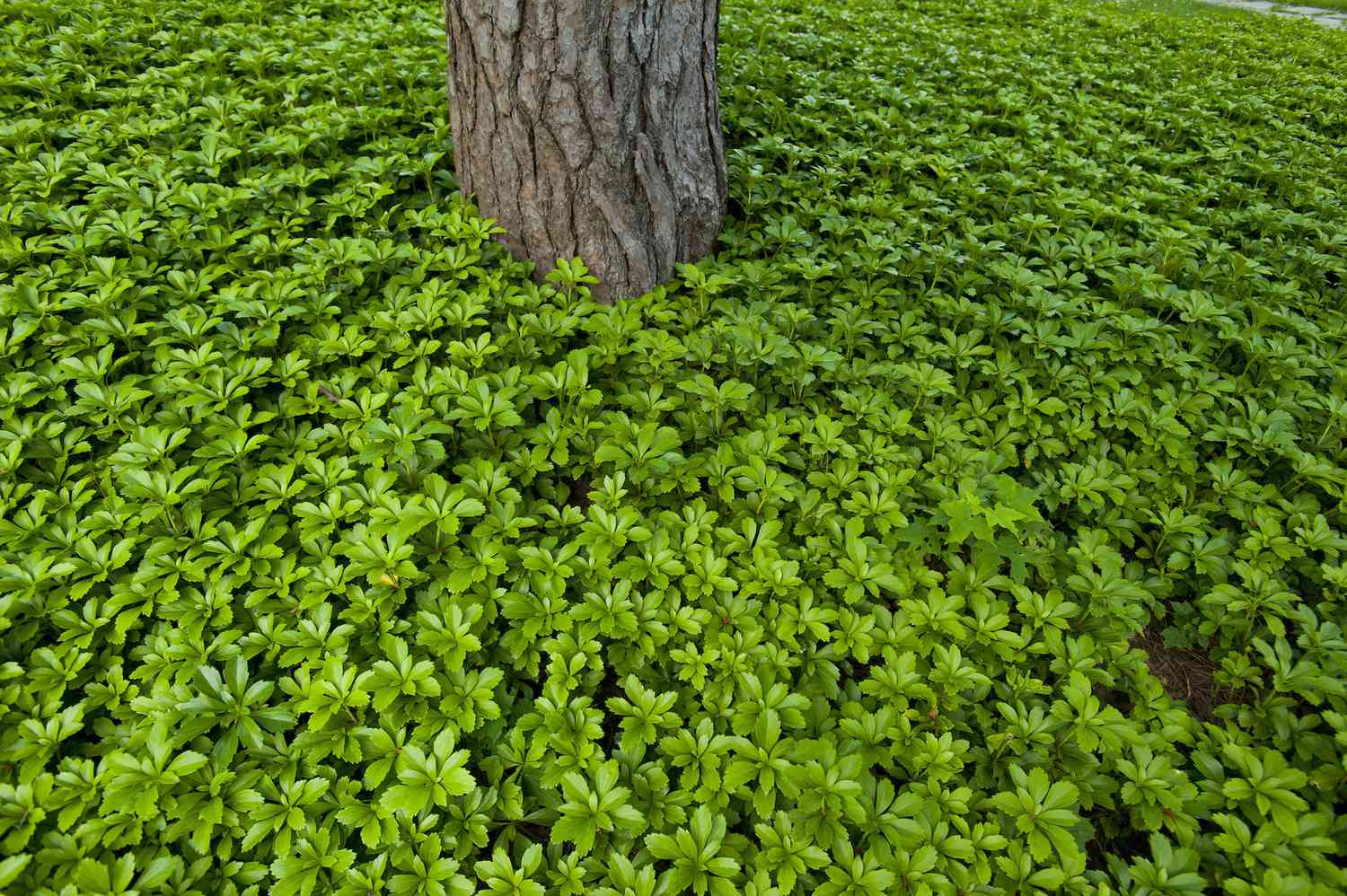
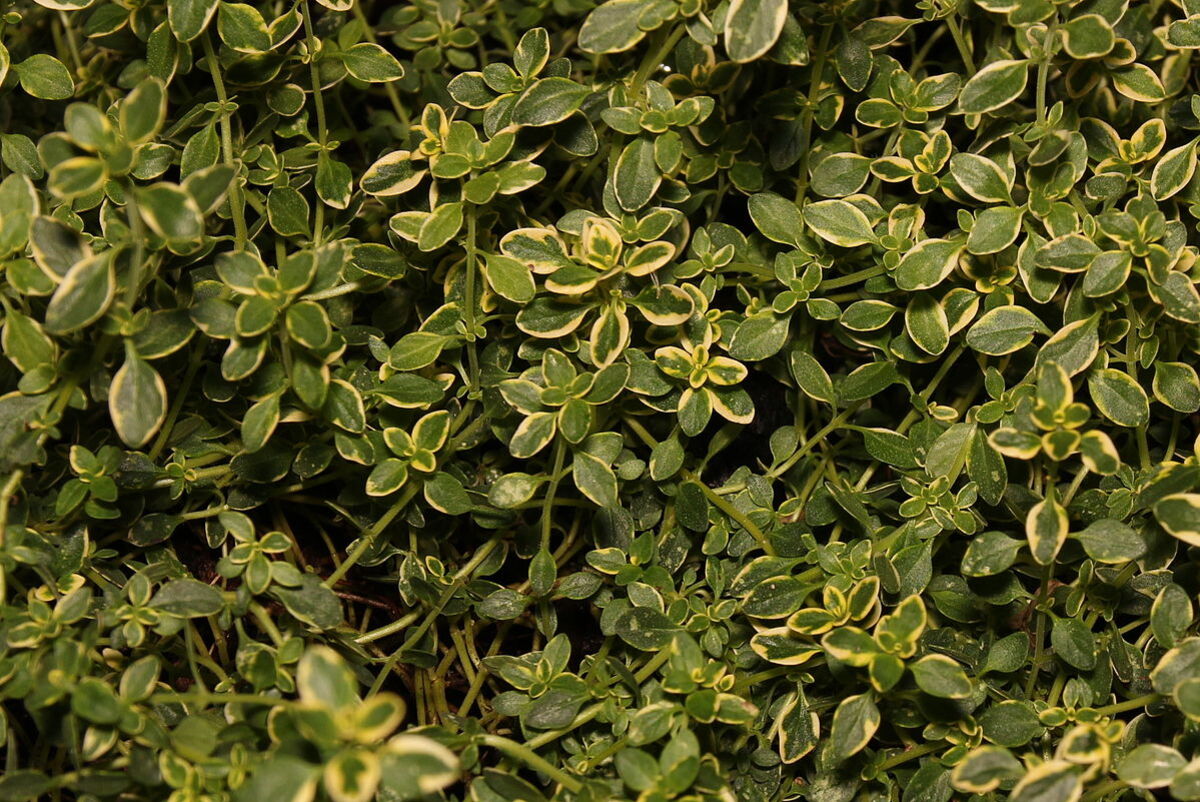
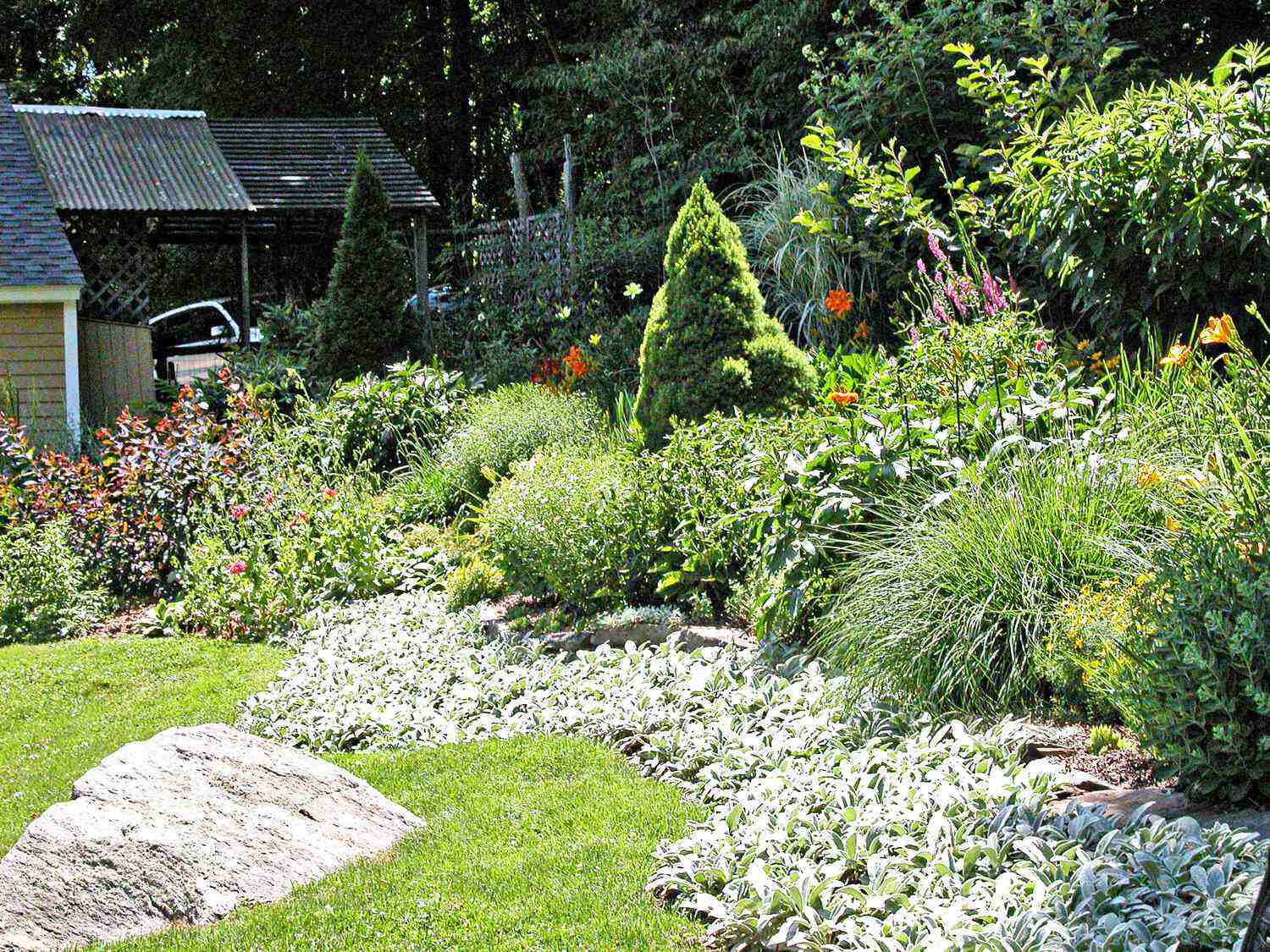
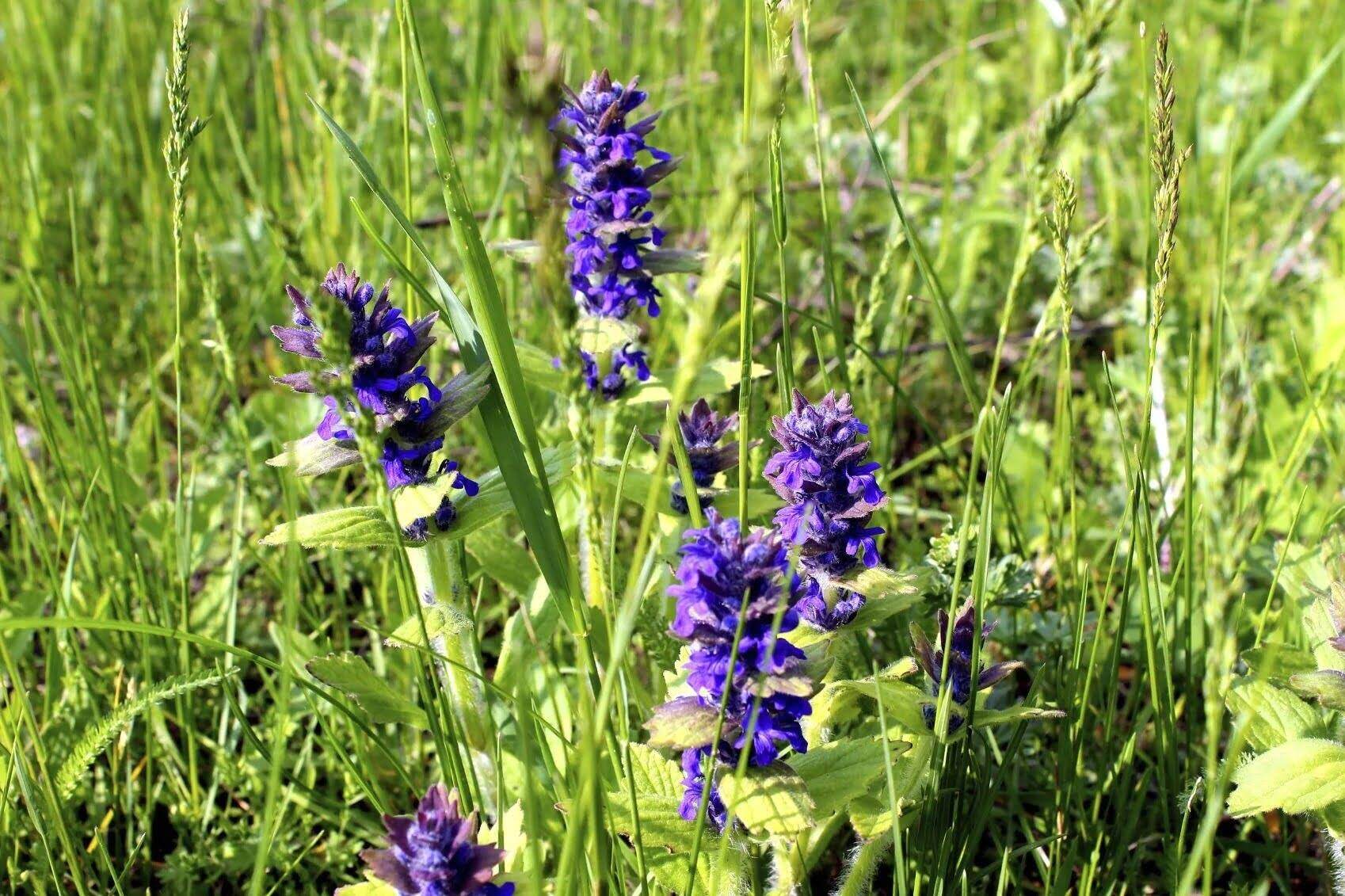
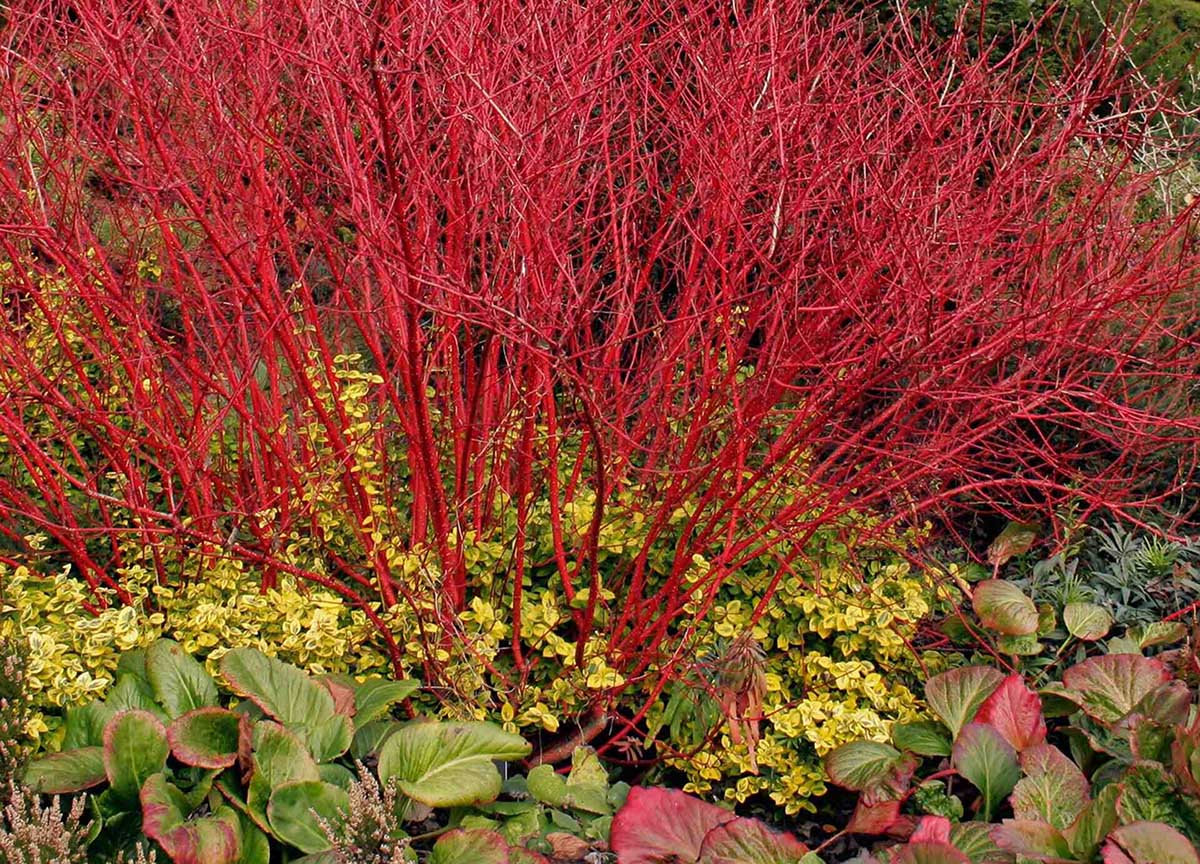
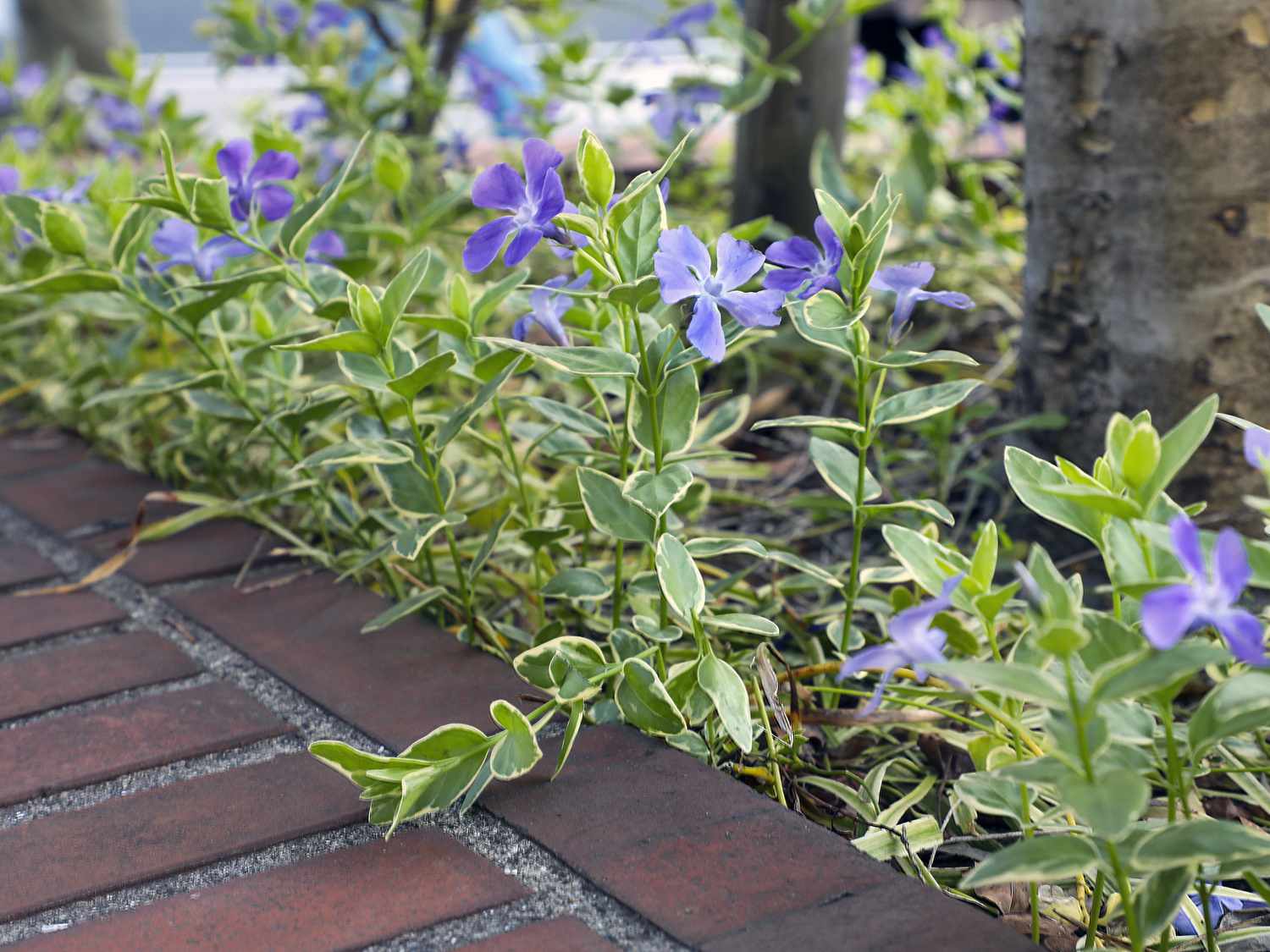
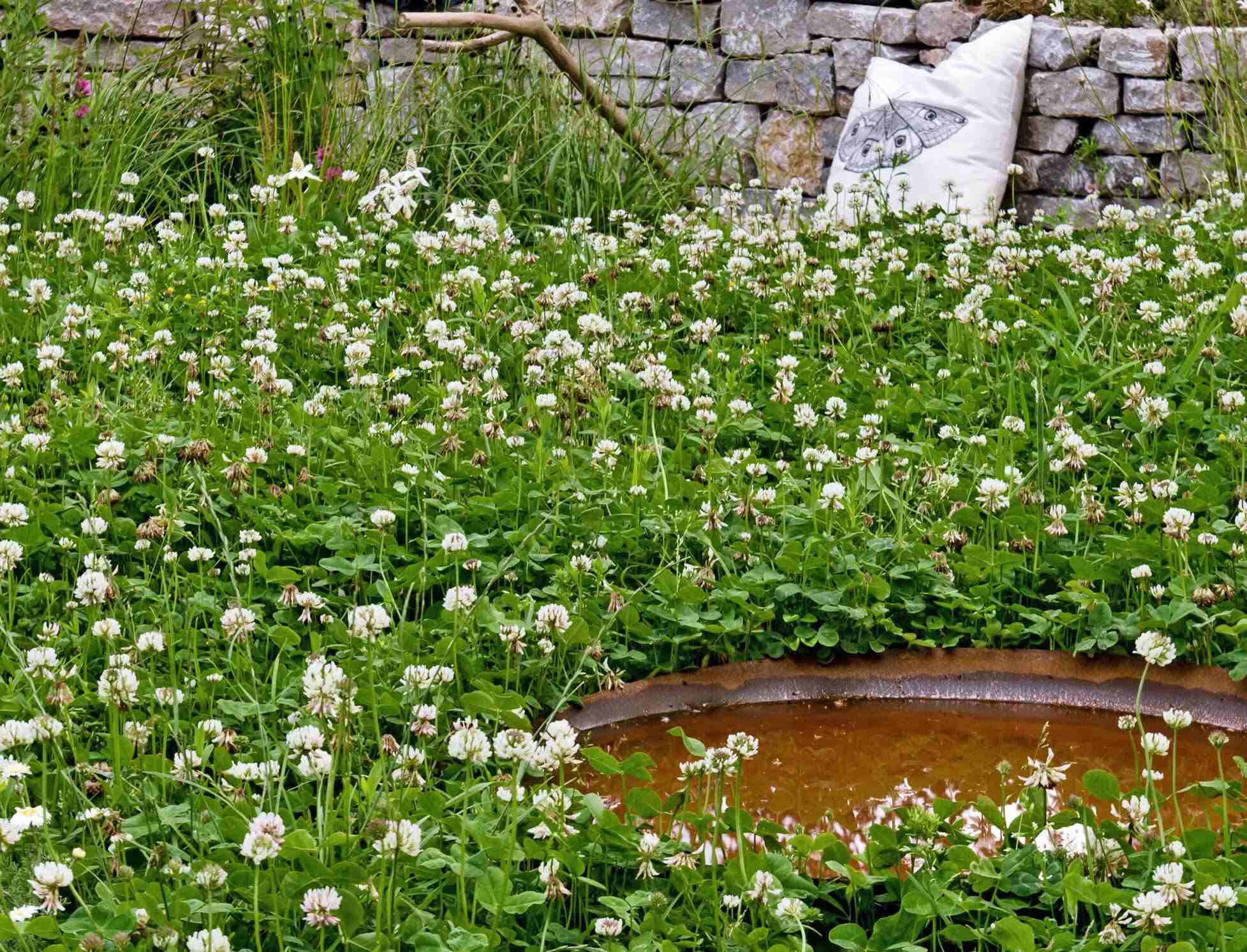
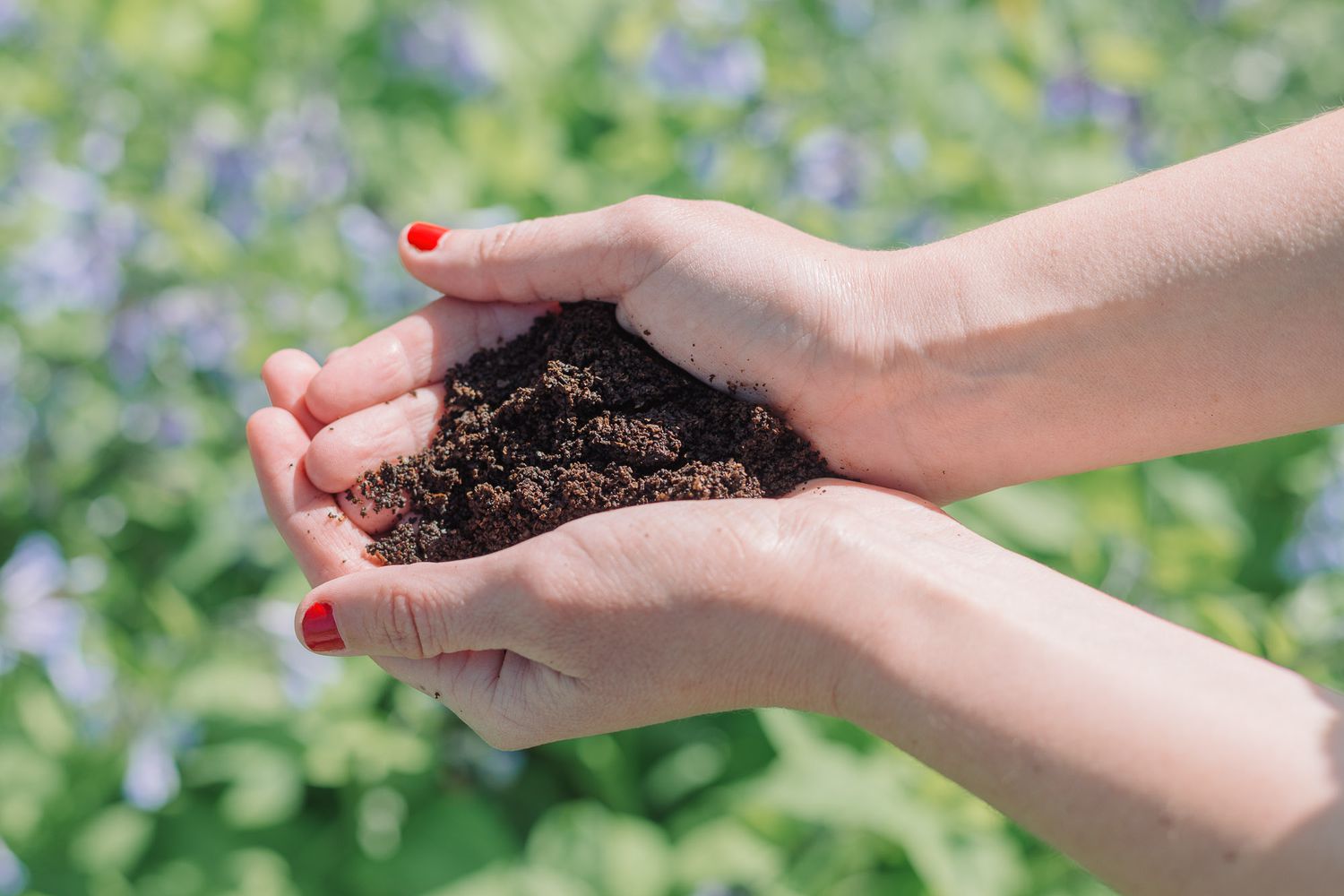
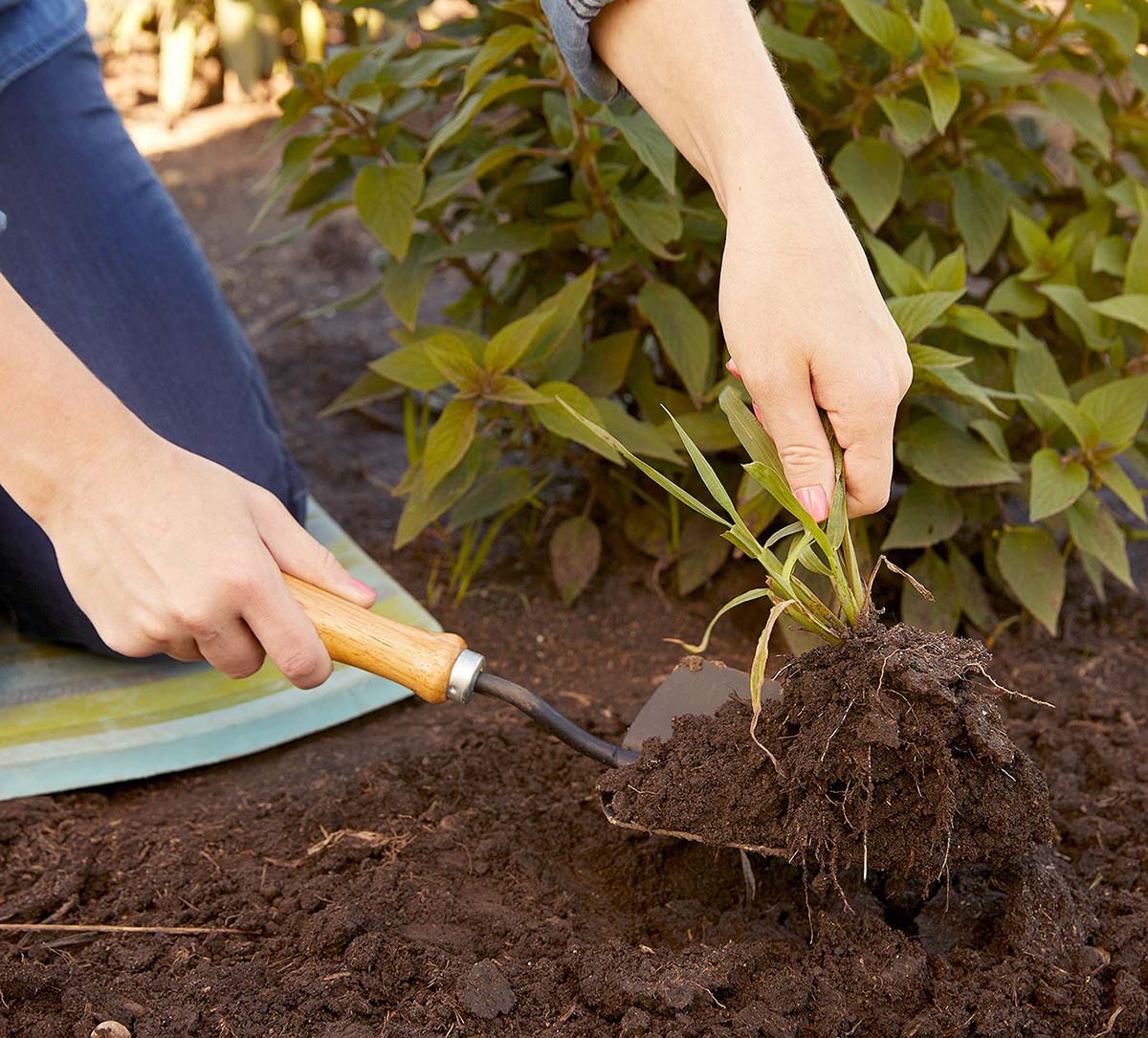
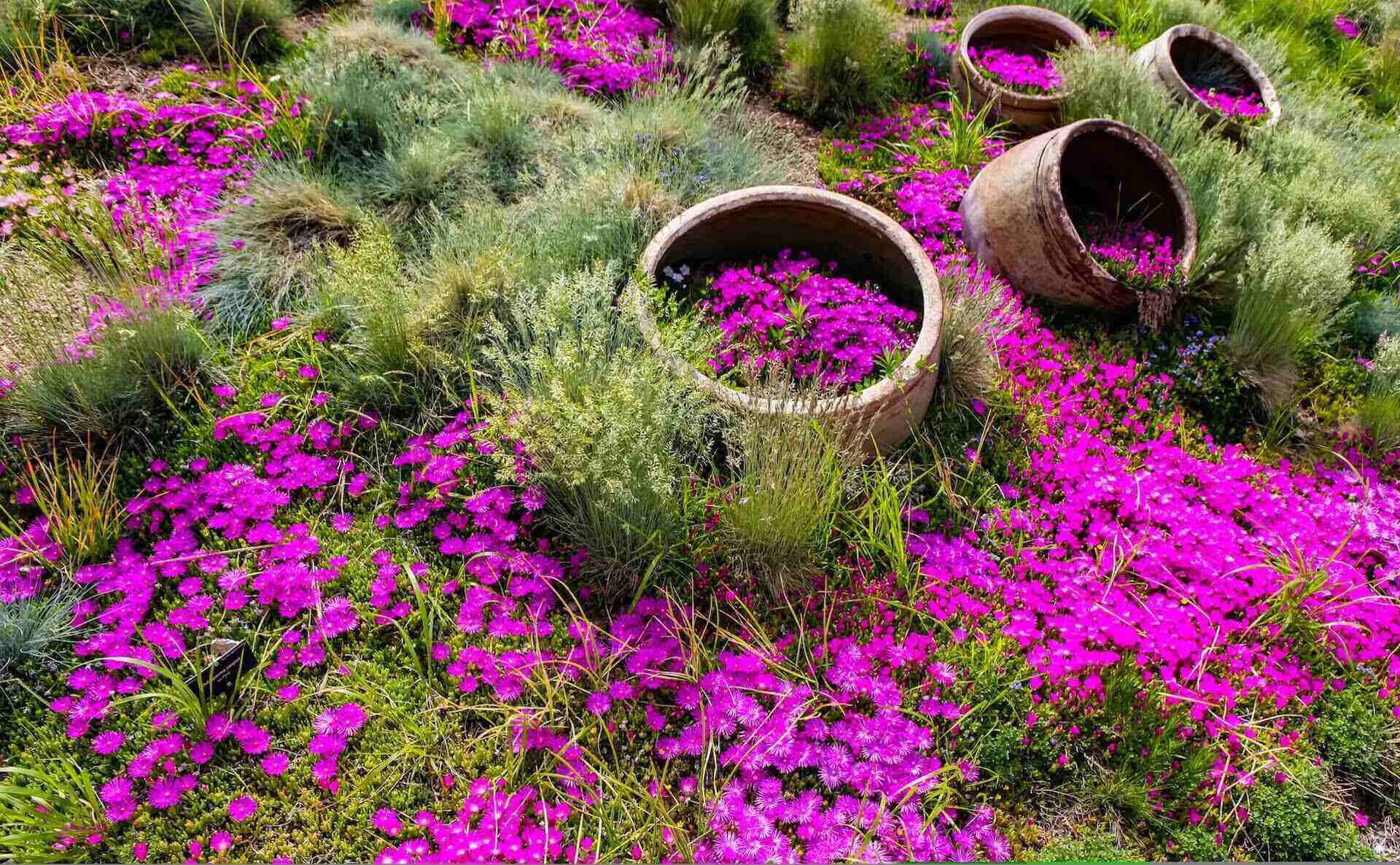
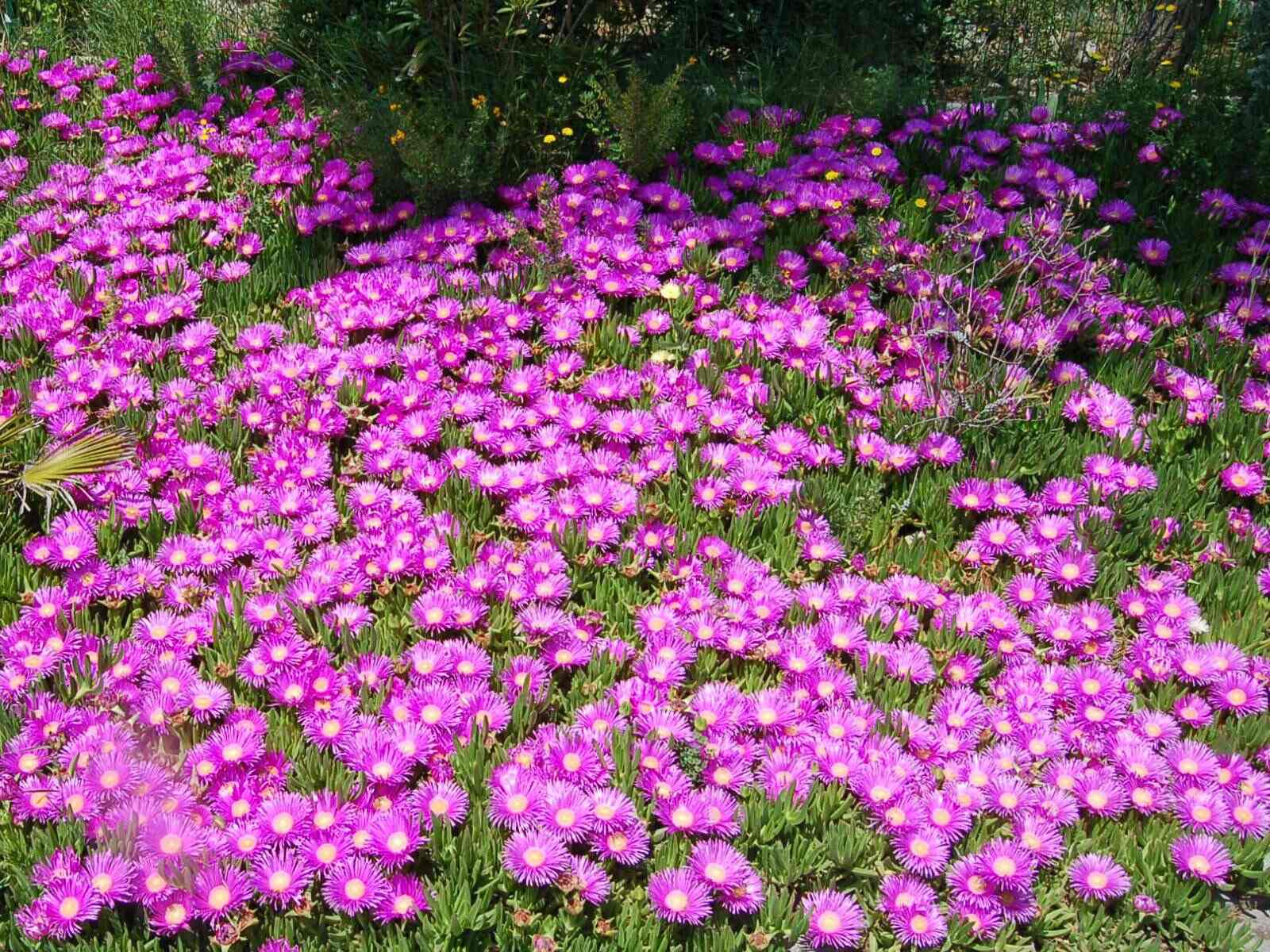
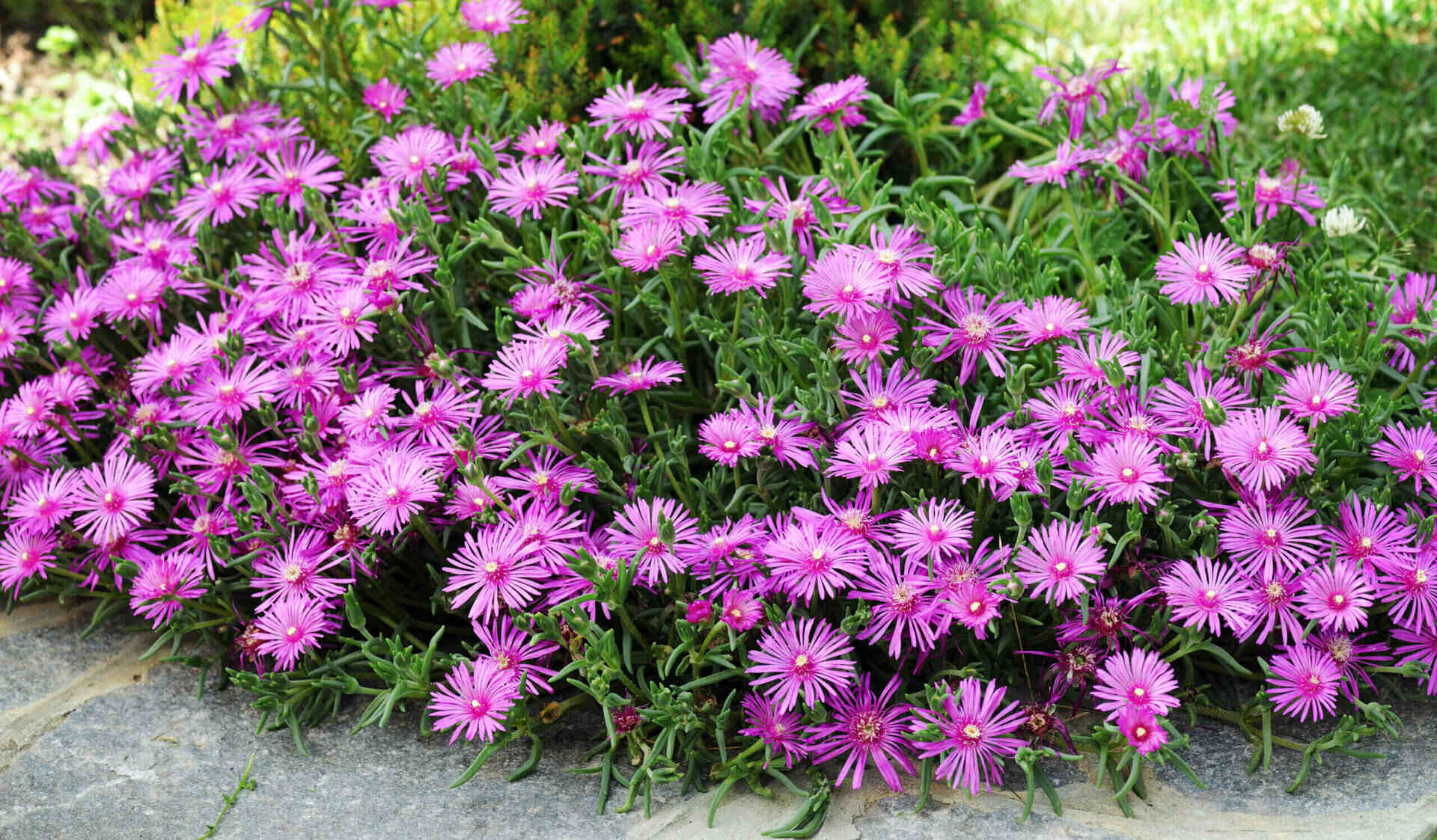

0 thoughts on “What Is A Good Ground Cover To Prevent Weeds?”